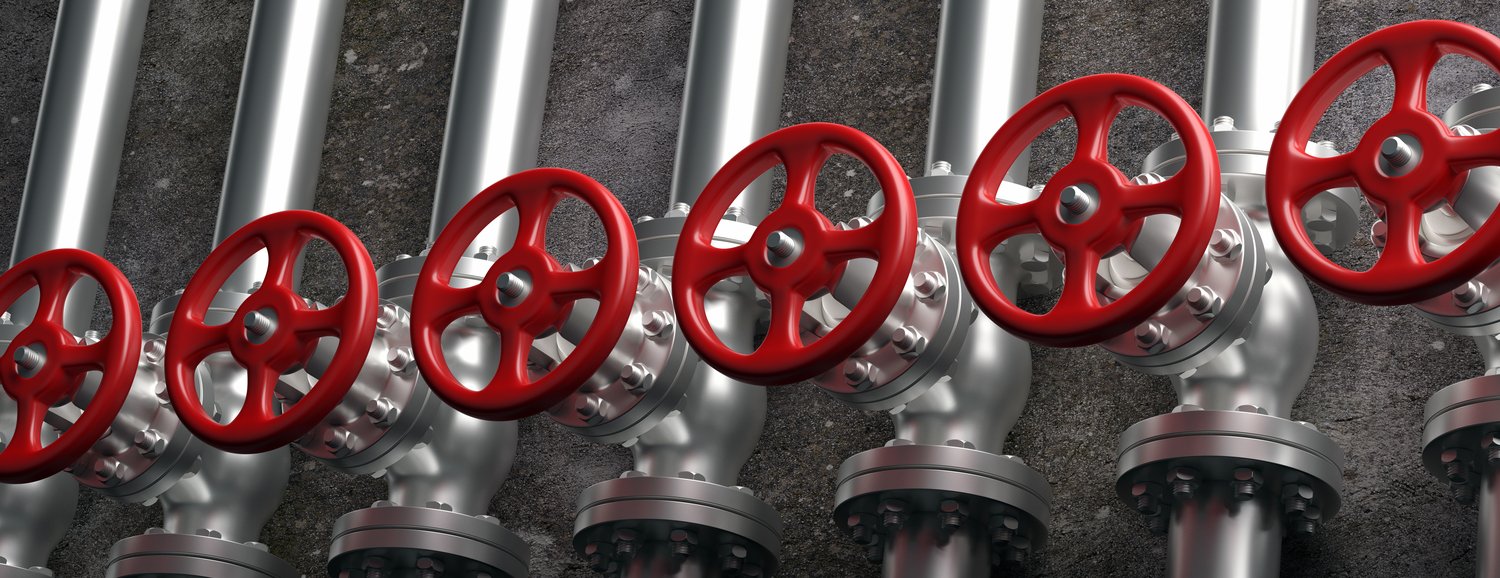Understanding EA class anti-pollution valves
EA class anti-pollution valves are crucial components in plumbing systems. These devices prevent backflow and protect potable water supplies from contamination. They are designed to withstand pressures up to 10 bar and temperatures ranging from 0°C to 65°C. EA class anti-pollution valves are typically installed in residential and commercial buildings. Their primary function is to maintain water quality by preventing the reverse flow of potentially polluted water.
Importance of proper valve selection
Choosing the right Installation valves is essential for efficient plumbing systems. Factors to consider include pipe size, flow rate, and pressure requirements. Ball valves are popular due to their durability and ease of operation. Gate valves, on the other hand, are suitable for applications requiring full flow capacity. Proper valve selection can reduce maintenance costs by up to 30% and extend system lifespan by 5-10 years.
Key features of installation systems
Installation systems encompass various components that work together to ensure efficient plumbing operations. These systems include pipes, fittings, valves, and support structures. Modern installation systems often incorporate PEX piping, which is flexible and resistant to corrosion. Proper insulation can reduce heat loss by up to 80% in hot water systems. Regular maintenance of installation systems can prevent up to 70% of common plumbing issues.
Best practices for valve installation
Correct installation of EA class anti pollution valves and other components is crucial for system performance. Always follow manufacturer guidelines during installation. Use appropriate tools and ensure proper torque when tightening connections. Pressure testing should be conducted at 1.5 times the working pressure for at least 30 minutes. Regular inspections, ideally every 6-12 months, can identify potential issues before they become major problems.





